Kenneth R Quigley, PE
Recent Posts
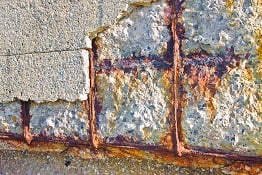
Waterproofing technology to protect against concrete corrosion
[fa icon="calendar'] Nov 12, 2019 9:00:00 AM / by Kenneth R Quigley, PE
Concrete has been in existence for over 2,000 years and it is not only the most used manufactured material in the world, but also is one of the oldest. Concrete is critical to our societies infrastructure as it is found in our schools, hospitals, city buildings, apartments, and more.
Read More [fa icon="long-arrow-right"]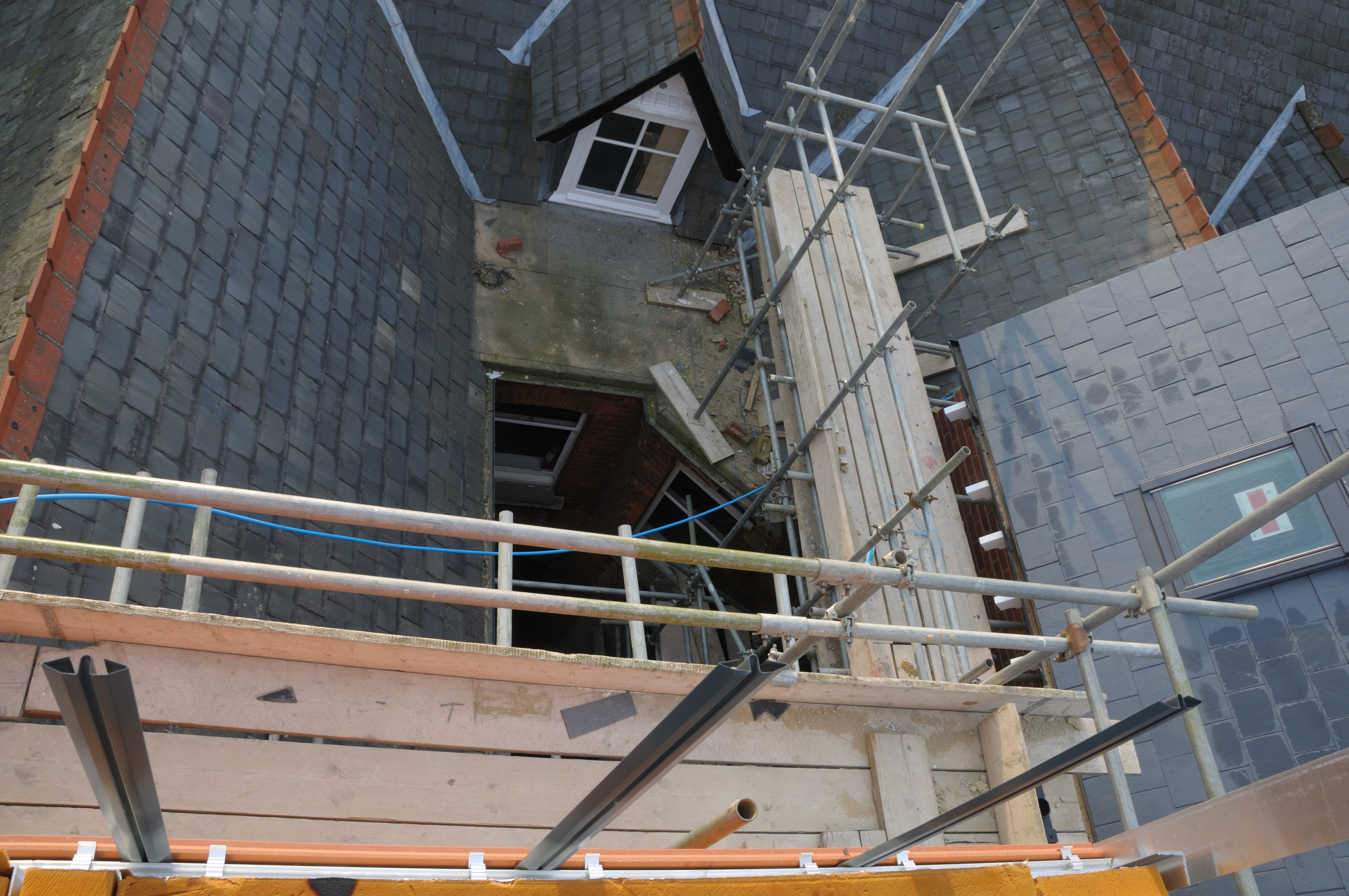
To repair or replace an existing roof?
[fa icon="calendar'] Jan 31, 2019 8:30:00 AM / by Kenneth R Quigley, PE
The decision to replace an existing roof may be the result of an ongoing issue such as water leakage, or proactively replacing it as part of building maintenance. Additional decisions need to be made regarding roof repairs or full replacement including whether or not to over-clad the existing roof or to completely replace it.
Read More [fa icon="long-arrow-right"]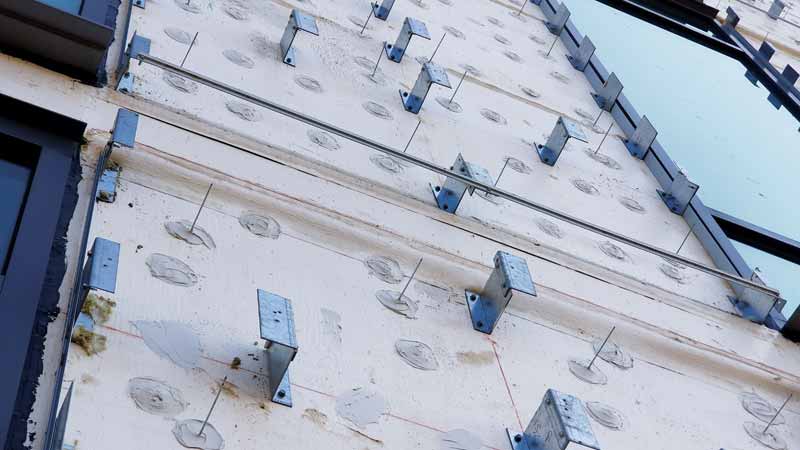
Put penetrations to the test: The effect of cladding attachments on air and water barriers
[fa icon="calendar'] Nov 29, 2018 7:30:00 AM / by Kenneth R Quigley, PE
Different materials are used in the construction process to ensure the building envelope is air tight and water resistant. Components include water barriers, air barriers, and thermal control layers. While technologies for testing air and water barriers, along with thermal control have evolved over the years, there are still inconsistencies among the different practices used for testing.
Read More [fa icon="long-arrow-right"]Add decades to your commercial roof life
[fa icon="calendar'] Nov 1, 2018 8:00:00 AM / by Kenneth R Quigley, PE
Commercial roofs are often subject to high levels of wear and tear due to sun exposure (UV rays), frigid winter temperatures, and unpredictable weather patterns. This wear and tear, many times, leads to roof damage and issues such as leaks. Unfortunately roofs usually do not receive attention until an issue like a leak occurs. As Doug Kramer, author of the article Add decades to your commercial roof life states, “Roofs are the black sheep when it comes to commercial building maintenance.”
Read More [fa icon="long-arrow-right"]
Tackling flood damage to dwellings
[fa icon="calendar'] Oct 23, 2018 7:45:00 AM / by Kenneth R Quigley, PE
Dealing with flood damage inside of your home or business can be a nightmare. With water soaking your valuables and all of your belongings, it’s often difficult to know or even process where to begin. Quite likely many questions are running through your head pertaining to whether or not your insurance will cover the damage.
Read More [fa icon="long-arrow-right"]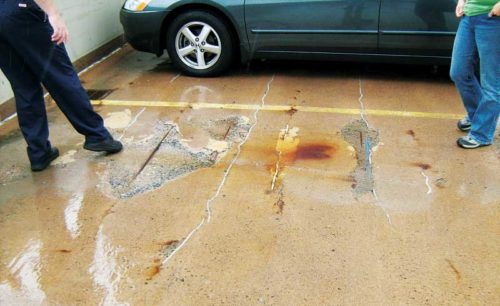
Treating reinforcement corrosion in parking structures
[fa icon="calendar'] Aug 2, 2018 10:00:00 AM / by Kenneth R Quigley, PE
Owners and managers of facilities with parking garages often do not give the garages their fair share of attention. Managing the value-added parts of the facilities such as hospital rooms, apartments, condominium units, etcetera, is much more important. When it comes to maintaining parking garages and treating deterioration, they are often placed on the back burner by building management companies and owners. Owners and managers naturally tend to place their focus, energy, and budget into maintaining more high-profile façade issues, roof leaks, or patching concrete as it relates to the occupied buildings themselves.
Read More [fa icon="long-arrow-right"]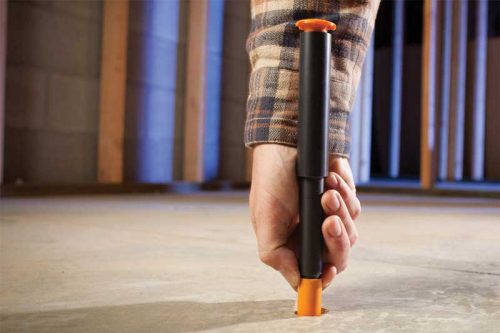
Changes to Concrete Standards: How they clarify your choice of test methods
[fa icon="calendar'] Jun 14, 2018 10:00:00 AM / by Kenneth R Quigley, PE
General Contractors and the entire construction team including project managers and owners used to have to wait at least 72 hours when conducting the Relative Humidity test to take a reading which would detect excess moisture in a concrete foundation. Today, based on updated standards the Relative Humidity test only requires a 24 hour wait, which can greatly improve project timelines.
Read More [fa icon="long-arrow-right"]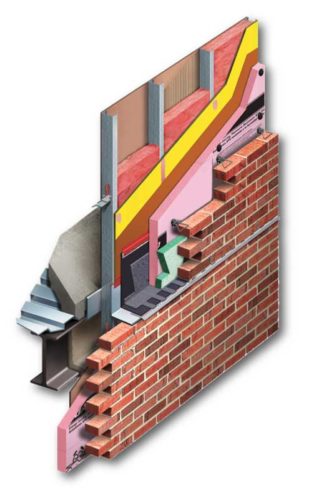
Maintaining Continuity at Transitions
[fa icon="calendar'] Jan 25, 2018 10:00:00 AM / by Kenneth R Quigley, PE
Buildings were once thought of as a means of shelter and protection. While this still holds true, buildings today have evolved to do so much more based on how the building is intended to be used, who is occupying the building, where it is built, and so on.
Read More [fa icon="long-arrow-right"]
Hurricanes and Construction Cranes - Look Out Below
[fa icon="calendar'] Dec 5, 2017 10:00:00 AM / by Kenneth R Quigley, PE
During Hurricane Wilma a tower crane at a high-rise condominium construction site in Hallendale, Florida suffered a collapse. The building, a 28 story concrete structure, is situated between the Atlantic Ocean and Route A1A, and was under construction at the time of the collapse. The crane was situated on the west side of the building and was connected to the building at the tenth and twentieth floors. The crane was over 300 feet tall. The crane broke at the twentieth floor; the top of the crane fell to the ground while the lower portion was damaged but remained attached to the building. CCA was requested to review the circumstances of the collapse of the crane and provide opinions as to the cause.
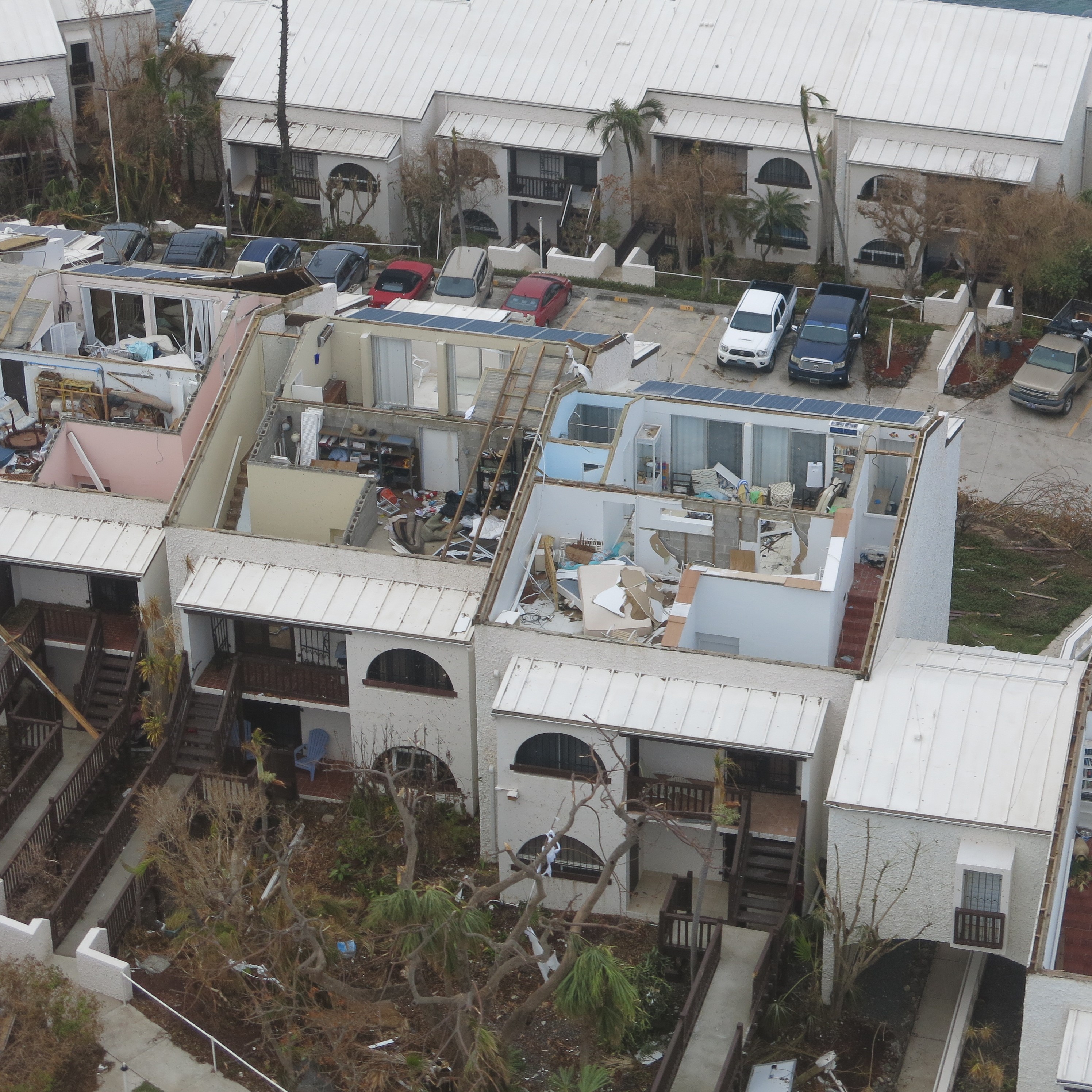
Hurricane Ties - Keeping the Lid On
[fa icon="calendar'] Nov 21, 2017 10:00:00 AM / by Kenneth R Quigley, PE
With the 2017 hurricane season coming to an end Harvey, Irma, Jose, and Maria affected large parts of the USA and Caribbean. Examples of roof uplift can be found in numerous structures. If a roof is not properly tied down the entire roof structure can be blown away as in this photograph from St. Thomas.
When hurricanes or high winds strike buildings the roofs can be sucked upward in the same manner as an airplane wing. In extreme cases the entire roof structure can get sucked off the building. Newer, hurricane-resistant structures incorporate hurricane ties - metal straps which attach the roof securely to the main part of the house below. Parts of the house are also tied together all of the way down to the foundation providing a path for the roof uplift forces all the way to the foundation. Without these ties, strong winds will make quick work of a roof.

